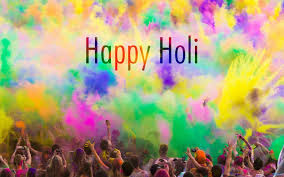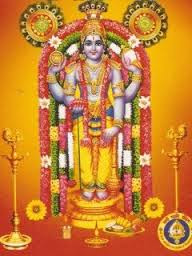HINDU FASTS & FESTIVALS : 7-2.

7. Kartigai Deepam - 2. When the light on the top of the Tiruvannamalai Hill is unveiled on the Kartigai Deepam day, people see the big light and worship it. They recite again and again in a loud voice “Harohara”. The esoteric meaning is that he who sees the light of lights that is burning eternally in the chambers of his heart through constant meditation attains immortality. The light on the Arunachala brings the message to you that the Self or Lord Shiva is self-effulgent, He is the light of lights. On the Kartigai Deepam day in South India, people make bonfires in front of temples in the evening. It is said that Lord Shiva burnt the chariots of several demons who were torturing sages and celestials. This bonfire symbolises this legend. People place rows of earthen lamps in front of their houses on the evening of Kartigai Deepam and worship the Lord. They also light a variety of fireworks. Annihilate the three impurities, namely, egoism, selfish action and ...























